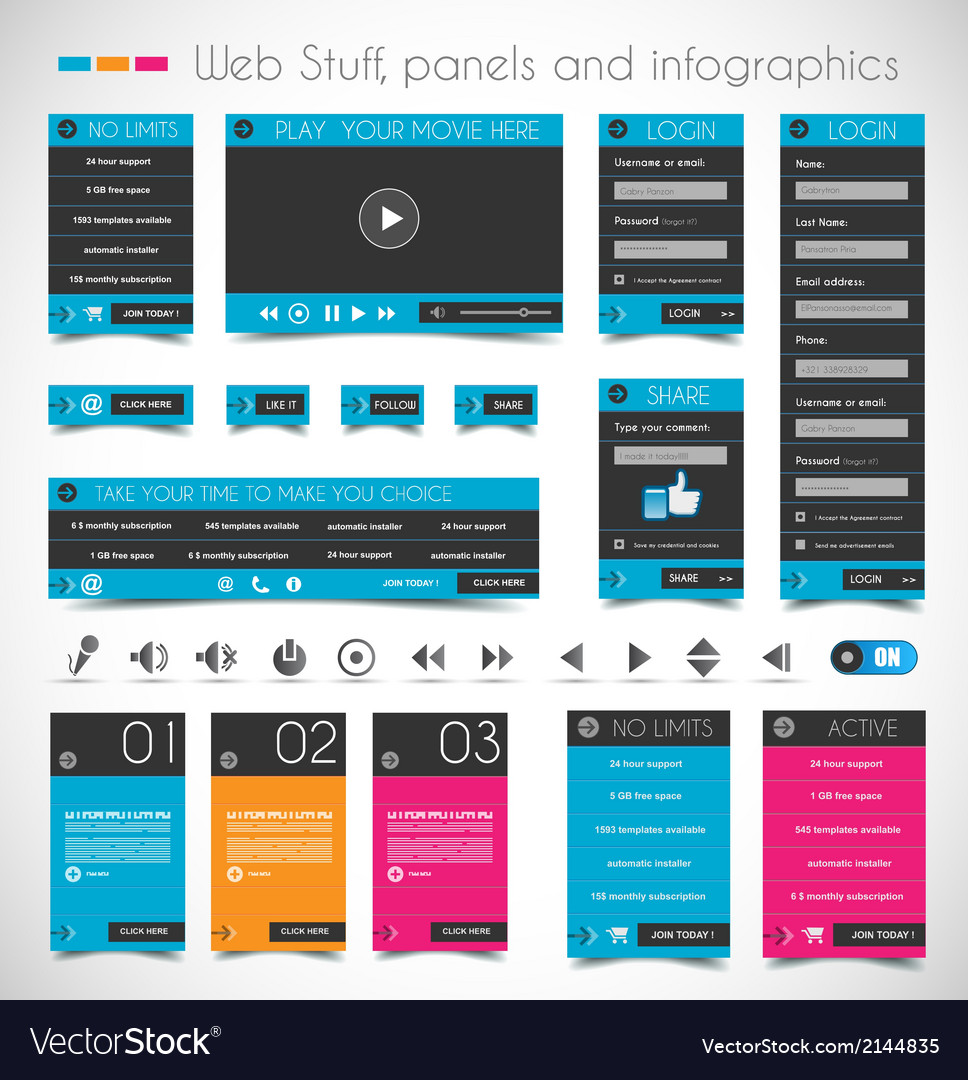Prepare To Trip With Time And Discover How Web Sites Have Actually Come To Be Extra Sophisticated, Straightforward, And Visually Sensational
Prepare To Trip With Time And Discover How Web Sites Have Actually Come To Be Extra Sophisticated, Straightforward, And Visually Sensational
Blog Article
Write-Up By-Booker Lunde
In the past, internet sites were basic and focused on information. Navigating was straight, and layout was for desktop computers. Currently, individual experience is key. Data overviews designs for very easy navigating. Responsive formats match different tools. Today, dark mode lowers pressure, and minimal food selections improve navigation. Interactive functions engage customers, and strong visuals stand apart. AI assimilation increases involvement. See how design has progressed to improve your online trip.
Very Early Days of Web Design
In the early days of web design, simpleness preponderated. Internet sites were fundamental, with minimal shades, fonts, and formats. The focus got on providing information instead of showy visuals. Individuals accessed the web via sluggish dial-up connections, so rate and functionality were vital.
Navigating menus were straightforward, usually situated at the top or side of the page. Sites were made for computer, as mobile surfing had not been yet prevalent. Web content was king, and developers prioritized simple readability over complex design aspects.
HTML was the main coding language made use of, and developers needed to work within its restraints. Computer animations and interactive features were very little compared to today's criteria. Web sites were fixed, with little vibrant web content or personalized user experiences.
Increase of User-Focused Style
With the evolution of site style, a shift in the direction of user-focused style concepts has come to be significantly noticeable. Today, creating web sites that focus on customer experience is essential for engaging visitors and accomplishing company objectives. User-focused design entails comprehending the demands, preferences, and behaviors of your target audience to customize the web site's format, material, and includes accordingly.
https://www.feast-magazine.co.uk/hospitality/hospitality-marketing-tips-for-your-restaurant-business-33260 carry out thorough research, such as customer surveys and use screening, to collect insights and comments directly from users. This data-driven approach helps in producing intuitive navigation, clear calls-to-action, and aesthetically appealing interfaces that resonate with visitors. By placing the customer at the facility of the layout procedure, websites can provide a more tailored and satisfying experience.
Receptive design has actually additionally become a crucial facet of user-focused style, making certain that sites are maximized for various tools and screen sizes. This versatility improves ease of access and use, dealing with the varied means individuals connect with websites today. Fundamentally, the surge of user-focused design symbolizes a shift in the direction of developing digital experiences that prioritize the requirements and expectations of completion individual.
Modern Trends in Web Design
Discover the most up to date trends shaping web design today. One famous trend is dark mode design, providing a smooth and modern-day appearance while reducing eye strain in low-light settings. An additional vital trend is minimalist navigating, streamlining food selections and improving user experience by concentrating on essential elements. Integrating micro-interactions, such as animated buttons or scrolling impacts, can produce a more interesting and interactive internet site. Receptive layout remains critical, making sure smooth customer experiences across different devices. Furthermore, using strong typography and unbalanced designs can add aesthetic passion and accentuate certain web content.
Integrating AI technology, like chatbots for client assistance or tailored referrals, enhances individual involvement and improves procedures. Ease of access has additionally come to be a substantial pattern, with designers prioritizing comprehensive design practices to satisfy varied user requirements. Accepting https://techcrunch.com/sponsor/semrush/what-most-startups-get-wrong-about-digital-marketing/ by optimizing website efficiency for speed and efficiency is an additional arising fad in website design. Collaborating with individual feedback and information analytics to repeat and boost design continually is important for remaining appropriate in the ever-evolving electronic landscape. By embracing these modern patterns, you can produce a visually attractive, straightforward site that resonates with your target market.
Final thought
As you assess the advancement of site style from the early days to currently, you can see just how user-focused style has actually come to be the driving force behind modern-day patterns.
Embrace the trip of modification and adjustment in web design, always keeping the user experience at the center.
Stay current with the most recent fads and innovations, and never ever quit progressing your technique to create aesthetically sensational and user-friendly web sites.
Develop, adapt, and create - the future of web design is in your hands.
